Given that extreme weather events are becoming more frequent and severe, being prepared for various scenarios is crucial. Having the right survival gear can make all the difference in ensuring your safety and well-being during challenging times. This comprehensive guide will explore the essential survival gear needed for extreme cold, heat, hurricanes, wildfires, and other extreme weather conditions.
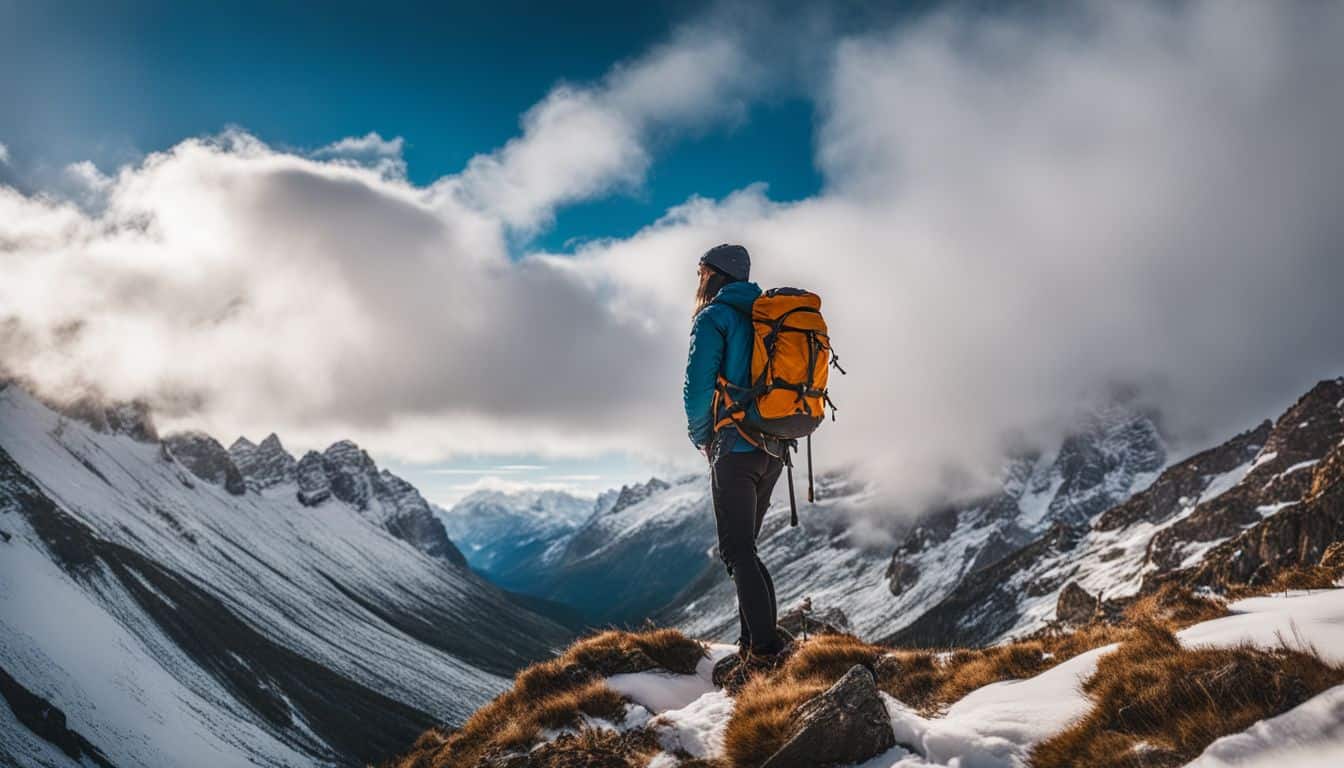
Table of Contents
Extreme Cold Weather Survival Gear
When facing extremely cold conditions, having the right winter survival gear is paramount. Essential items include:
- Winter clothing and footwear: Insulated jackets, pants, gloves, hats, and boots to protect against hypothermia and frostbite.
- Emergency equipment: Fire kits, signaling devices, and water purification tools to help you stay warm, signal for help, and access clean drinking water.
- Shelter and insulation: Emergency blankets, sleeping bags, and portable shelters to provide warmth and protection from the elements.
For more information on winter survival gear, check out our article Survival Gear for Cold Climates
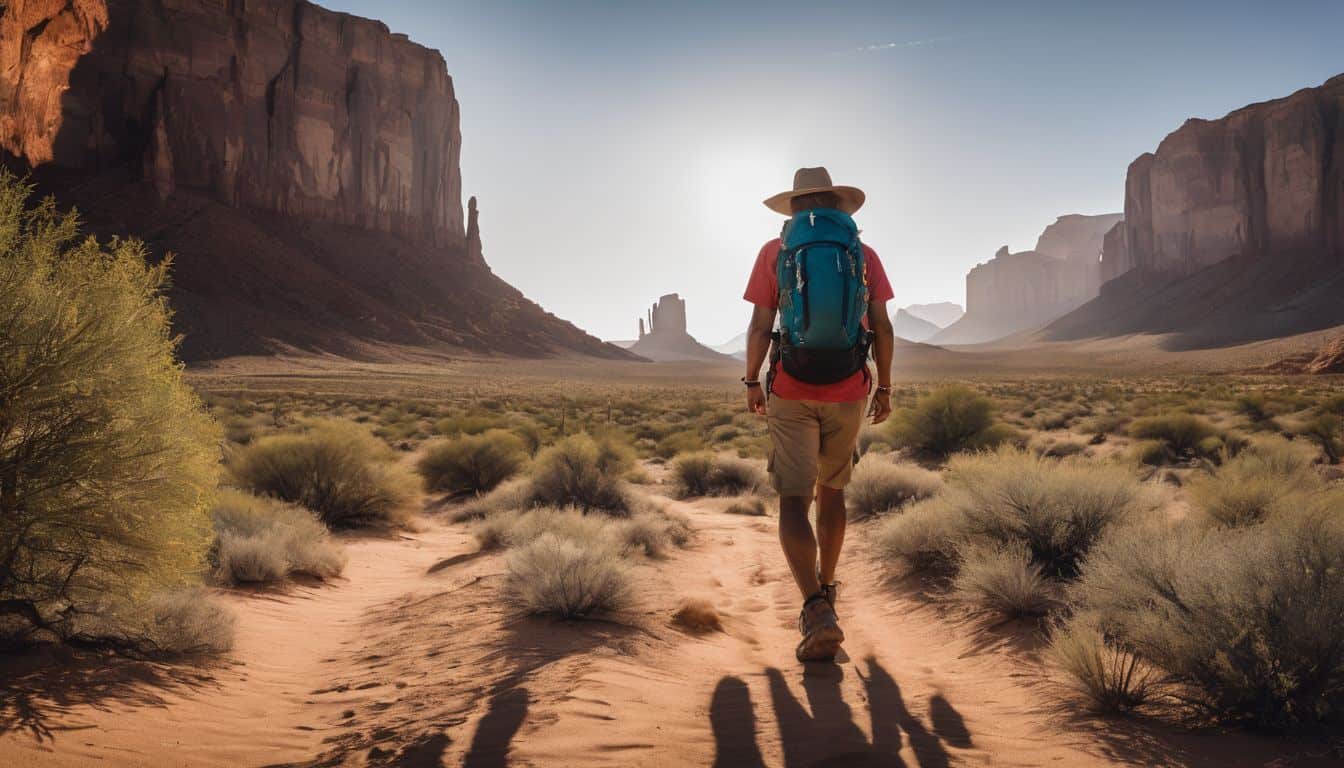
Extreme Heat and Desert Survival Gear
When facing extreme heat and desert conditions, staying cool, hydrated, and protected from the sun is essential. Key gear includes:
- Lightweight, breathable clothing: Light-colored, loose-fitting clothing made from moisture-wicking materials to help regulate body temperature.
- Sun protection: Wide-brimmed hats, sunglasses, and high-SPF sunscreen to protect against sunburn and heat exhaustion.
- Water storage and purification: Water bottles, hydration packs, and water purification systems to ensure access to clean drinking water.
- Shelter and shade: Lightweight tarps, umbrellas, or portable shade structures to provide relief from the sun.
Hurricane and Tropical Storm Survival Gear
Being prepared for hurricanes and tropical storms is crucial for those living in coastal areas. Essential gear includes:
- Waterproof clothing and footwear: Rain jackets, pants, and boots to keep you dry during heavy rainfall.
- Emergency communication devices: Battery-powered or hand-crank radios, satellite phones, or emergency beacons to stay informed and call for help if needed.
- Water and food supplies: A minimum of 1 gallon of water per person per day and nonperishable food items to last at least 72 hours.
- Sanitation and hygiene items: Toilet paper, wet wipes, hand sanitizer, and feminine hygiene products to maintain personal hygiene during power outages or water shortages.
Wildfire Survival Gear
In areas prone to wildfires, having the right survival gear can help you stay safe during evacuations and protect against smoke inhalation. Essential items include:
- Fire-resistant clothing and masks: Clothing made from fire-resistant materials and N95 or P100 masks to protect against smoke and particulate matter.
- Emergency evacuation kits: Pre-packed bags containing essential items like water, food, first aid supplies, and important documents.
- Air purification and respiratory protection: Portable air purifiers, air filters, and respirators to help maintain indoor air quality during wildfire events.
- Communication and navigation tools: Battery-powered radios, GPS devices, and maps to stay informed about wildfire updates and navigate to safety.
General Survival Gear for All Extreme Weather Conditions
In addition to scenario-specific gear, there are several essential items that should be included in any extreme weather survival kit:
- First aid kits and medical supplies: Bandages, antiseptic, pain relievers, and any personal medications to treat injuries and manage health conditions.
- Multi-purpose tools and repair kits: Multi-tools, pocket knives, duct tape, and repair kits to fix gear or create improvised solutions.
- Lighting and power sources: Flashlights, lanterns, portable solar panels, and batteries to maintain visibility and power essential devices.
- Emergency shelter options: Tents, tarps, or emergency blankets to provide shelter and protection from the elements.
Conclusion
Having the right survival gear is essential for weathering any extreme weather condition. By understanding the specific gear needed for different scenarios and building a comprehensive survival kit tailored to your local weather risks, you can ensure your safety and well-being in the face of adversity.
Assess your current survival gear and make necessary upgrades to be prepared for whatever challenges may come your way. Remember, investing in high-quality, reliable gear is an investment in your safety and peace of mind.
For more information on survival techniques, such as survival fishing techniques, check out our other guides to help you stay prepared for any situation.
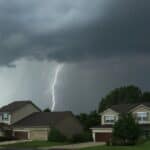
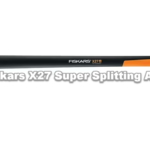


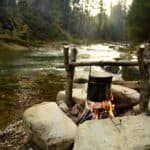
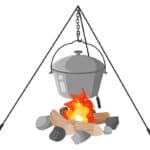
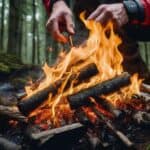
Leave a Reply